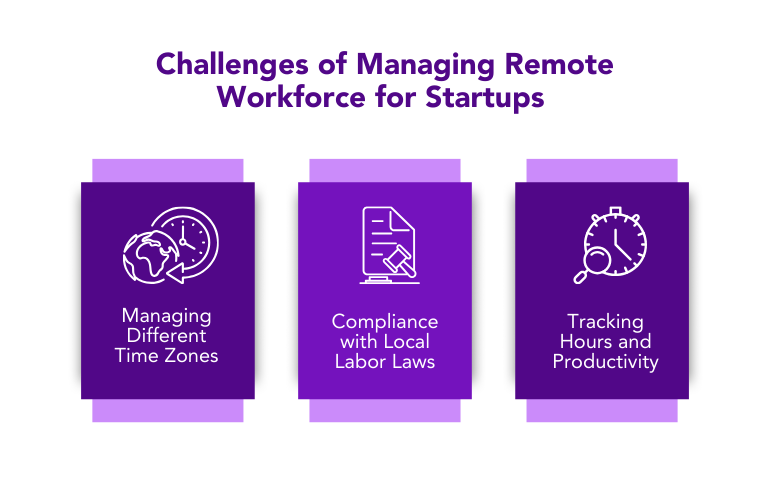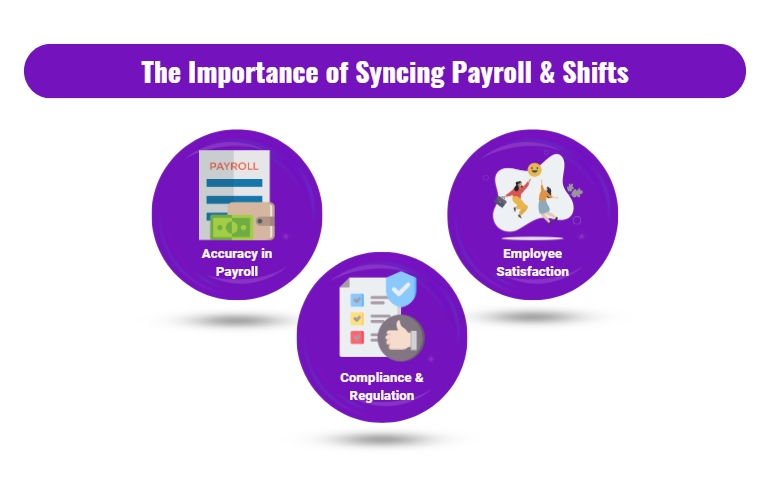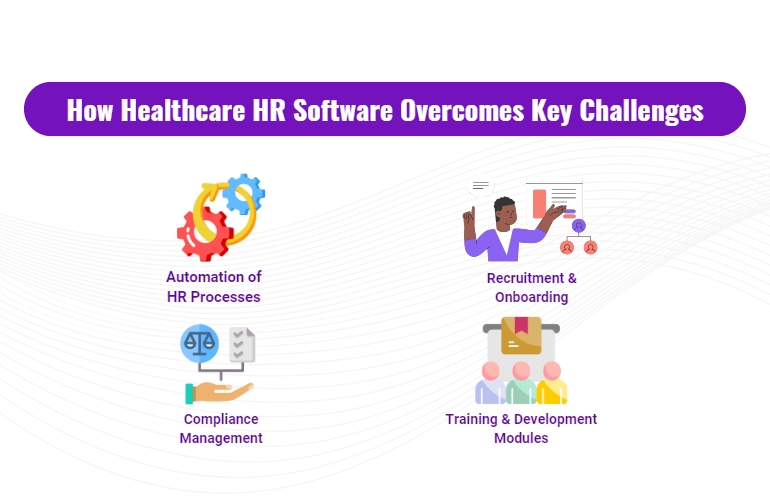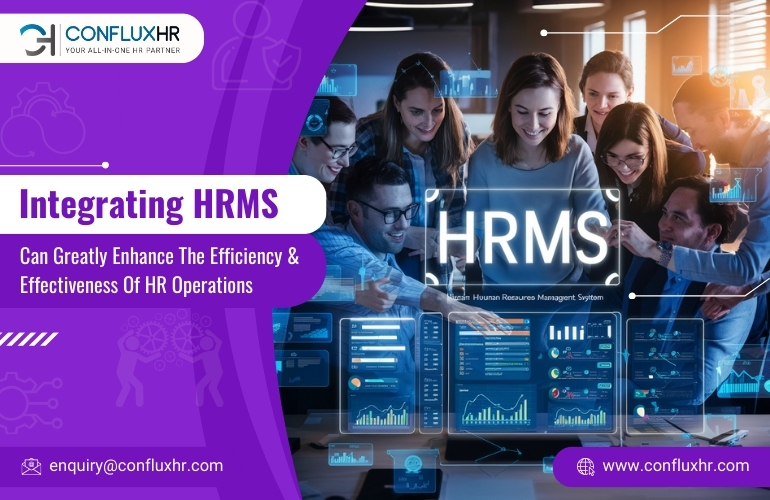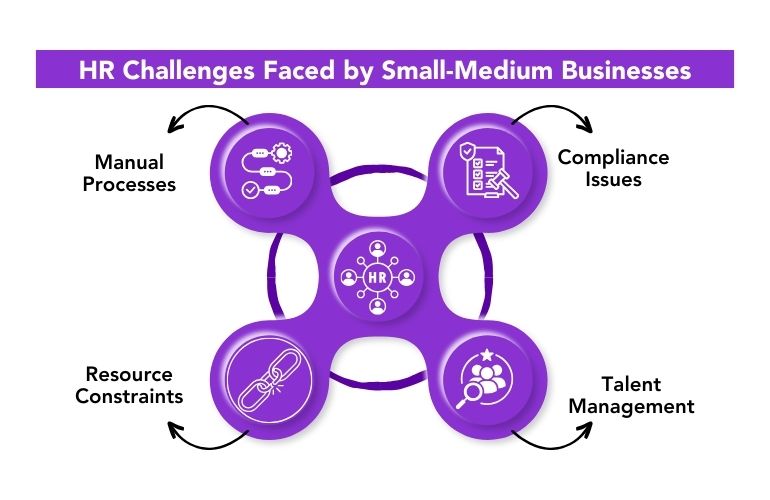In today’s dynamic work environment, where remote teams are becoming the norm, startups face an array of challenges, particularly in managing payroll and HR processes. As businesses adapt to this new horizon, the adoption of SaaS HR payroll software is not just beneficial; it’s essential. But why is this the case? Let’s explore the intricacies of managing a remote workforce and discover how innovative SaaS solutions can simplify these processes.
Imagine running a startup with team members scattered across different time zones, each subject to varying labor laws and payroll regulations. This is a reality for many startups today. According to a recent survey, 70% of startups now embrace remote work, highlighting the need for effective tools to manage dispersed teams. Enter SaaS HR payroll software—a game-changer for startups striving to maintain efficiency while ensuring compliance.
Challenges of Managing Remote Workforce for Startups
Managing a remote workforce presents unique challenges that can stifle growth and create operational headaches:
- Managing Different Time Zones
For startups, juggling employees in multiple time zones can lead to confusion regarding deadlines and meeting schedules. The discrepancy in working hours complicates payroll processing, especially when calculating hours worked across various regions.
- Compliance with Local Labor Laws
Each location comes with its own labor laws and tax regulations. Startups must navigate these complexities to avoid costly penalties. A 2023 report found that 40% of startups faced compliance issues, significantly impacting their operational efficiency.
- Tracking Hours and Productivity
Tracking employee hours in a remote setup often relies on trust, which can lead to inaccuracies. Manual processes are not only time-consuming but also prone to errors, making it difficult to get an accurate picture of productivity.
How SaaS HR Payroll Software Addresses These Challenges
SaaS HR payroll software is designed to tackle these issues head-on, offering solutions that streamline operations and enhance productivity.
- Streamlined Payroll Processing
SaaS solutions automate payroll across multiple locations, reducing the risk of errors and ensuring employees are paid accurately and on time. This means no more manual calculations or endless spreadsheets. With a few clicks, you can process payroll for your entire team, regardless of their location.
- Remote Access and Mobility
Cloud-based platforms enable HR and payroll management from anywhere, making it easy for startups to access essential information on-the-go. Whether you’re in the office, at home, or traveling, your HR data is just a click away.
- Compliance Made Easy
With built-in compliance tools, SaaS HR payroll software helps startups navigate the complexities of labor laws and tax regulations. This feature is particularly invaluable for startups with remote employees, ensuring that all payroll processes comply with local requirements and significantly reducing the risk of costly penalties.
- Time Tracking and Attendance Management
Integrated time tracking features allow startups to monitor employee hours effortlessly. By automating this process, businesses can gain a clear understanding of productivity, ensuring that all hours worked are accurately logged and compensated.
Key Benefits for Startups Using SaaS HR Payroll Solutions
The advantages of adopting SaaS HR payroll software extend beyond simply solving immediate challenges:
- Cost Efficiency
By using a SaaS solution, startups can save on infrastructure costs associated with traditional payroll systems. There’s no need for expensive hardware or extensive IT support—just a reliable internet connection.
- Scalability
As startups grow, so do their payroll needs. SaaS tools are designed to scale, allowing businesses to add features or users without the hassle of migrating to a new system. This flexibility is crucial for startups experiencing rapid growth.
- Data Security
Data security is paramount when handling sensitive employee information. SaaS platforms typically employ advanced security measures, including encryption and regular backups, to safeguard data.
- Seamless Integration with Other SaaS Tools
Many SaaS HR payroll solutions integrate seamlessly with other essential tools, such as HR management systems, project management software, and accounting platforms. This interconnectedness allows for a streamlined workflow and enhanced productivity.
Startup Success with SaaS HR Payroll
Consider the example of a tech startup that adopted a SaaS HR payroll solution during its rapid growth phase. By automating payroll and integrating time tracking, the company not only reduced administrative costs by 30% but also improved employee satisfaction. Employees appreciated the timely payments and transparent processes, fostering a positive work environment.
How to Choose the Right SaaS HR Payroll Software for Your Startup
When selecting a SaaS HR payroll solution, consider the following features:
Key Features to Look For
- Ease of Use: Ensure the platform is user-friendly and requires minimal training.
- Scalability: Choose a solution that can grow with your startup.
- Integration: Look for compatibility with other tools your startup uses.
- Compliance: Verify that the software is equipped to handle your specific regulatory needs.
- Remote Access: Ensure the platform supports remote management capabilities.
Key Factors to Consider
- Pricing: Analyze the cost structure, including any hidden fees.
- Support: Check for reliable customer support options.
- Industry-Specific Needs: Some software may offer features tailored to specific industries.
Conclusion
In the ever-evolving landscape of remote work, startups must leverage innovative tools like SaaS HR payroll software to simplify payroll and HR processes. By addressing the unique challenges posed by a remote workforce, these solutions not only enhance operational efficiency but also support compliance and security. As your startup navigates the complexities of managing a remote team, investing in the right SaaS HR payroll software can make all the difference, enabling you to focus on what truly matters—growing your business.



